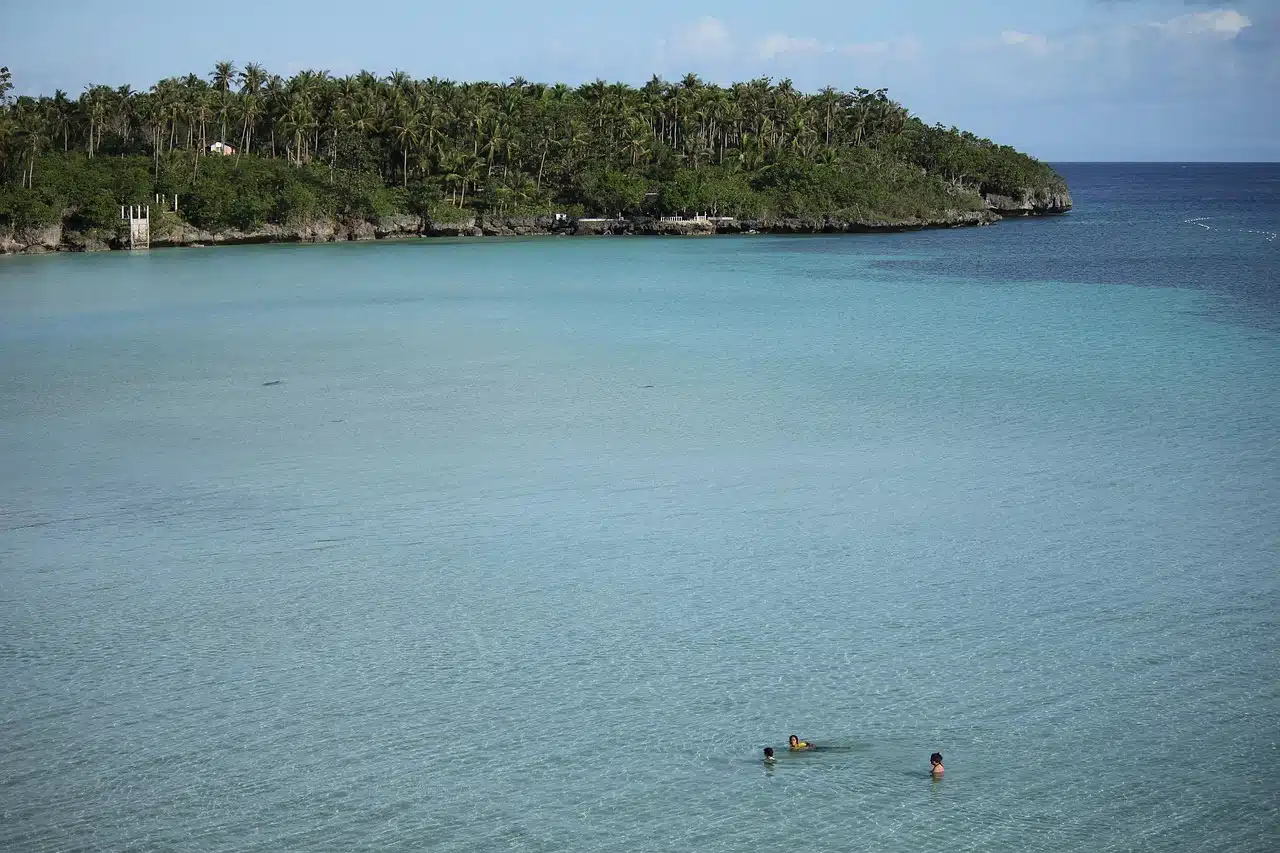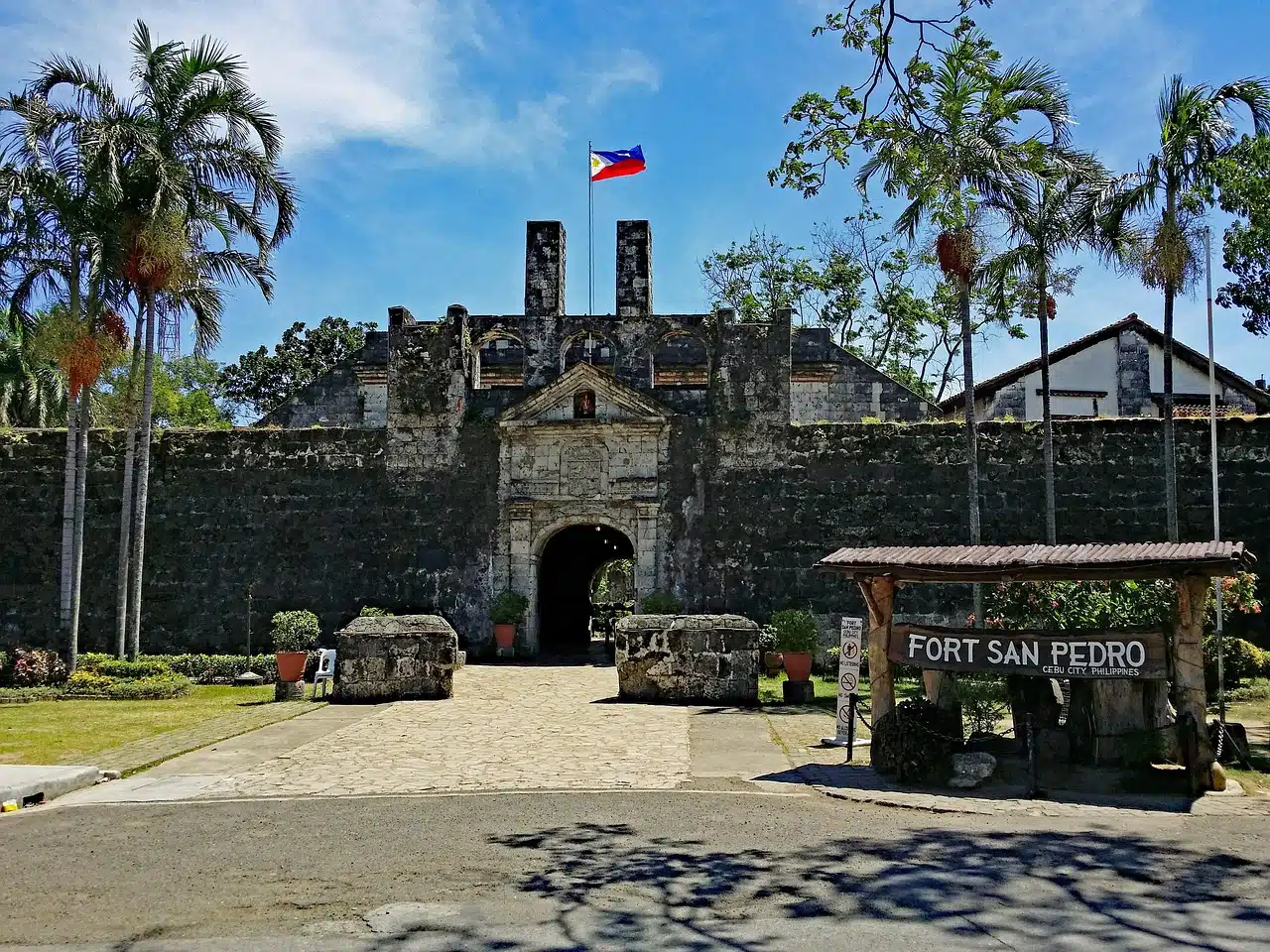Cebu Earthquake
Overview of the Cebu Earthquake
The Cebu earthquake, a significant seismic event, struck the central Philippines, particularly affecting Cebu Province. With a magnitude of 7.2, the earthquake occurred on October 15, 2013, and had far-reaching consequences for the region.
Seismic Activity in Cebu
Cebu is located in the Pacific Ring of Fire, an area known for its high volcanic and seismic activity. The tectonic movements in this region lead to frequent earthquakes, making earthquake preparedness essential for residents.
Historical Context of Earthquakes in Cebu
- 1925 Earthquake: A magnitude 7.5 earthquake that caused significant damage.
- 1990 Earthquake: The Luzon earthquake also affected Cebu with tremors felt across the region.
- 2013 Earthquake: The most devastating recent quake, impacting infrastructure and causing loss of life.
Impact of the 2013 Cebu Earthquake
The magnitude 7.2 earthquake had a profound impact on Cebu and surrounding areas, leading to:
- Loss of life: Over 200 fatalities and thousands injured.
- Infrastructure damage: Schools, hospitals, and historic churches were severely affected.
- Displacement: Thousands were displaced from their homes, leading to a humanitarian crisis.
Casualties and Damages
| Category | Details |
|---|---|
| Fatalities | Over 200 |
| Injuries | More than 1,000 |
| Buildings Damaged | Over 40,000 |
| Displaced Individuals | Approximately 40,000 |
Preparedness for Earthquakes in Cebu
Understanding earthquake preparedness can save lives and reduce damage. Here are some practical tips for residents of Cebu:
Creating an Earthquake Emergency Plan
- Identify safe spots in your home, such as under sturdy furniture.
- Establish a communication plan with family members.
- Keep an emergency kit with essential supplies such as water, food, medications, and first-aid supplies.
Safety Tips During an Earthquake
When an earthquake strikes, remember these safety tips:
- Drop, Cover, and Hold On: Get down on your hands and knees, cover your head and neck, and hold on until the shaking stops.
- Stay indoors: Avoid running outside as most injuries occur from falling debris.
- Stay away from windows: Glass can shatter during an earthquake, posing a danger.
Government and Community Response
In the aftermath of the Cebu earthquake, both government agencies and local communities mobilized to provide aid and support for recovery efforts.
Emergency Response Actions
- Rescue operations: Local authorities and volunteers worked tirelessly to rescue those trapped under debris.
- Relief efforts: Food, water, and medical supplies were distributed to affected areas.
- Reconstruction: Initiatives were launched to rebuild homes and infrastructure, emphasizing earthquake-resistant designs.
Community Involvement
Local communities played a critical role in recovery, organizing volunteer efforts and fundraising initiatives to support those in need.
First-Hand Experiences
Sharing personal experiences can provide valuable insights into the realities of living through an earthquake. Here are a few accounts from Cebu residents:
Survivor Stories
“I was at home when the earthquake struck. I quickly dove under the dining table and held on. It felt like an eternity before the shaking stopped, and when I emerged, I saw the chaos around me. The community came together to help each other.” – Maria, Cebu City
“Our school was damaged, and we had to evacuate. It was terrifying, but the support from teachers and classmates made a huge difference. We learned the importance of being prepared.” – Juan, Student
Benefits of Being Prepared
Being prepared for earthquakes can significantly reduce the risk of injury and property damage. Here are some key benefits:
- Increased safety: Knowing what to do during an earthquake can save lives.
- Peace of mind: Having a plan and supplies ready reduces anxiety about potential disasters.
- Community resilience: Prepared communities can recover more quickly and effectively.
Conclusion
Understanding the Cebu earthquake, its impact, and how to prepare for future seismic events is crucial for residents. By sharing knowledge and experiences, communities can build resilience and ensure safety in the face of natural disasters.





